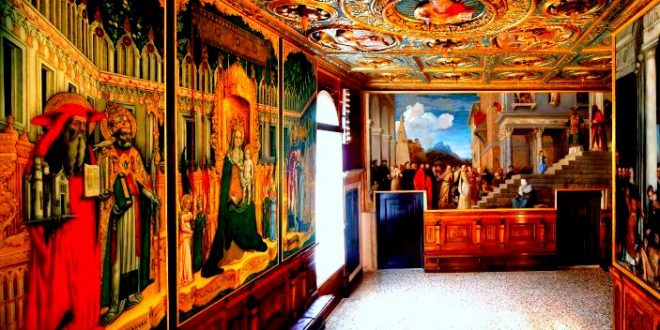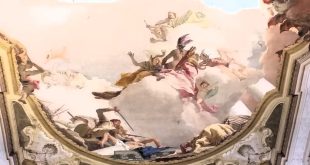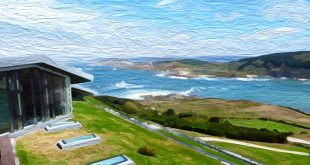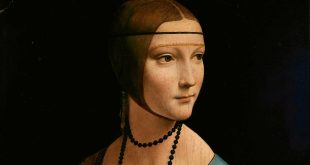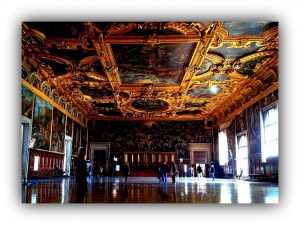 The college hall http://palazzoducale.visitmuve.it/en/home/ is one of the most beautiful rooms of the Doge’s palace in Venice. In this place the Doge received ambassadors and foreign dignitaries. Here it perpetuates the memory of an ancient military triumph, through one of the most beautiful paintings of Paolo Veronese: the allegory of the Battle of Lepanto. After more than a century of continuous defeats, this battle marked the Christian armies of revenge on the Turks, Greece, close to the Gulf of Corinth. That victory followed the terrible defeat of Cyprus, during which the Venetians besieged by the Turks, were all killed and the island passed to the Ottoman Empire. That’s why this event had great resonance in Venice. All the greatest Venetian artists celebrated this victorious event.
The college hall http://palazzoducale.visitmuve.it/en/home/ is one of the most beautiful rooms of the Doge’s palace in Venice. In this place the Doge received ambassadors and foreign dignitaries. Here it perpetuates the memory of an ancient military triumph, through one of the most beautiful paintings of Paolo Veronese: the allegory of the Battle of Lepanto. After more than a century of continuous defeats, this battle marked the Christian armies of revenge on the Turks, Greece, close to the Gulf of Corinth. That victory followed the terrible defeat of Cyprus, during which the Venetians besieged by the Turks, were all killed and the island passed to the Ottoman Empire. That’s why this event had great resonance in Venice. All the greatest Venetian artists celebrated this victorious event.
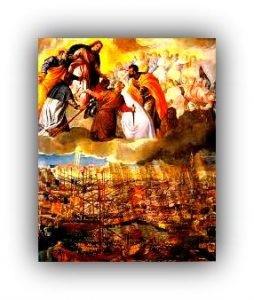 Among them was Paolo Veronese, who was called to decorate an important room of the Ducal Palace. Visiting this historic building, you’ll see, kneeling – the center of a large painting – the Doge Sebastiano Venier. He thanked Jesus Christ, who blessed him. The Doge is flanked by the patron saint of Venice (San Marco), and Santa Giustina (celebrated on October 7). By looking behind the Doge, you can see a man who died heroically in that battle, Agostino Barbarigo. To thank God, the Venetians built in the Church of Saints John and Paul, http://www.venice-tourism.com/en/places/castello-district/saints-john-and-paul-basilica a chapel dedicated to Our Lady of the Rosary (which is celebrated on October 7). That jewel of art was destroyed by a fire in an August night in 1867, along with many masterpieces contained. The chapel was reopened to the public in 1959.
Among them was Paolo Veronese, who was called to decorate an important room of the Ducal Palace. Visiting this historic building, you’ll see, kneeling – the center of a large painting – the Doge Sebastiano Venier. He thanked Jesus Christ, who blessed him. The Doge is flanked by the patron saint of Venice (San Marco), and Santa Giustina (celebrated on October 7). By looking behind the Doge, you can see a man who died heroically in that battle, Agostino Barbarigo. To thank God, the Venetians built in the Church of Saints John and Paul, http://www.venice-tourism.com/en/places/castello-district/saints-john-and-paul-basilica a chapel dedicated to Our Lady of the Rosary (which is celebrated on October 7). That jewel of art was destroyed by a fire in an August night in 1867, along with many masterpieces contained. The chapel was reopened to the public in 1959.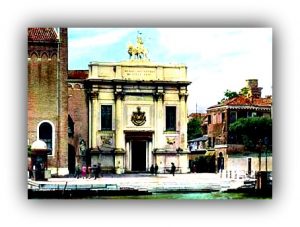
In the Galleries of the Accademia in Venice, http://www.gallerieaccademia.org/?lang=en you can expand your horizon on that ancient historic event, noting the Allegory of the Battle of Lepanto (a painting measuring 169 x 137 cm, made by Paolo Veronese in 1571, with oil on canvas). The painting depicts two scenes linked together: at the top you can clearly distinguish Venice (or Faith), wrapped in a white blanket, while it is presented to the Madonna. Below, it depicts the naval battle of Lepanto (1571). Structurally and stylistically, this allegory is different from painting Paolo Veronese achieved at Palazzo Ducale, but it helps to expand your perceptive gaze, on that great historical horizon that preserves the echo of a naval battle.
 Meeting Benches World art in all forms
Meeting Benches World art in all forms
